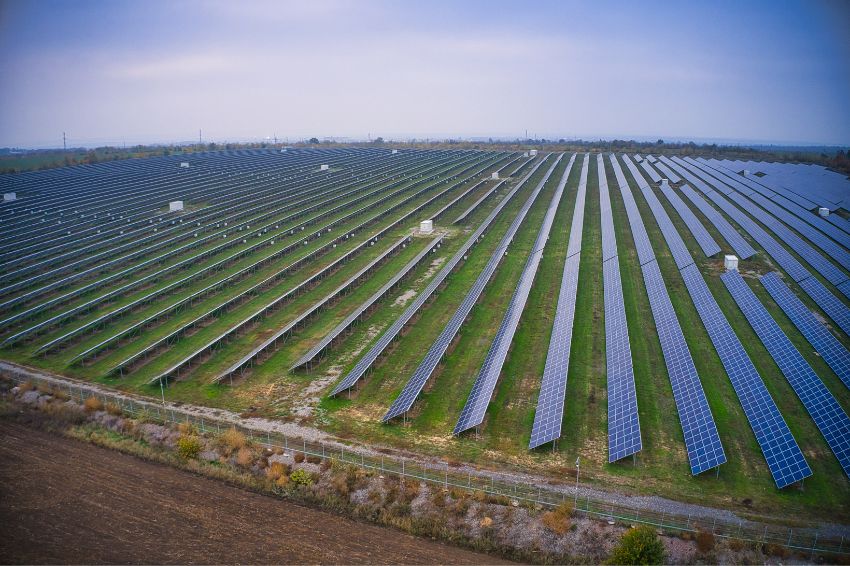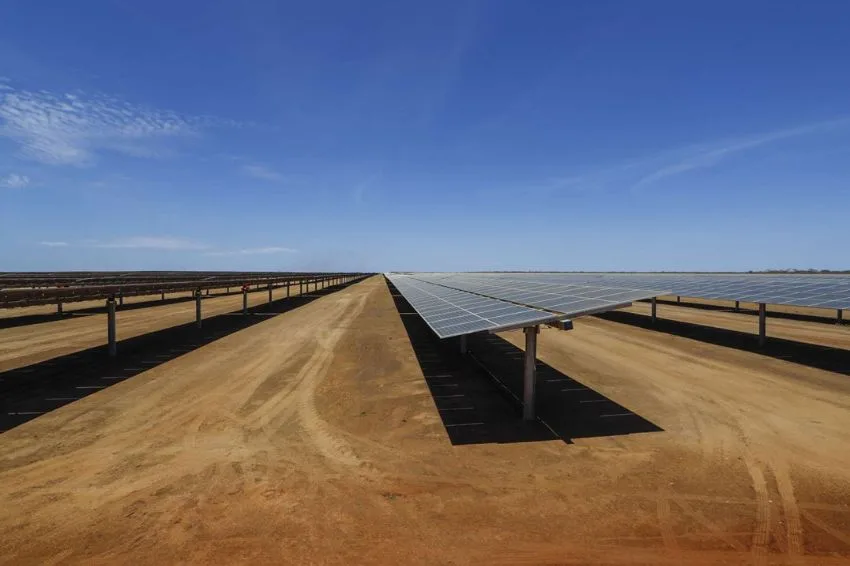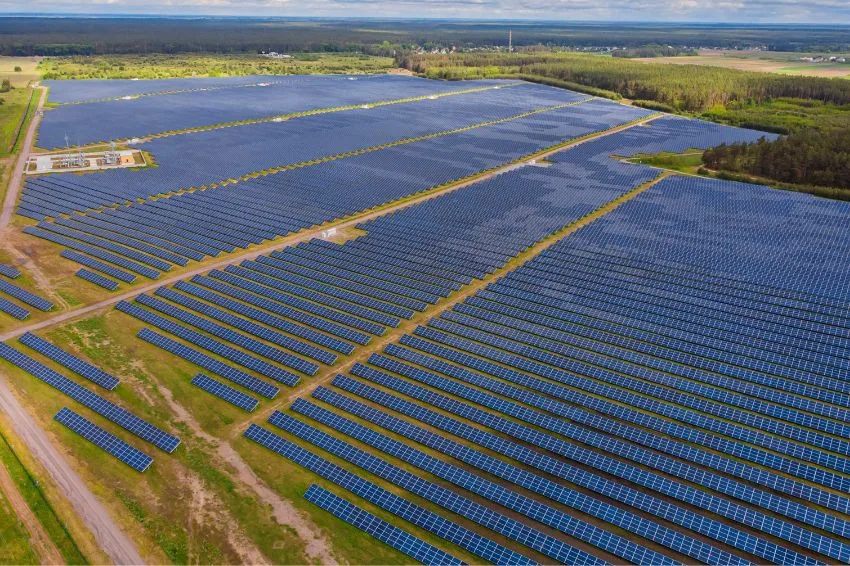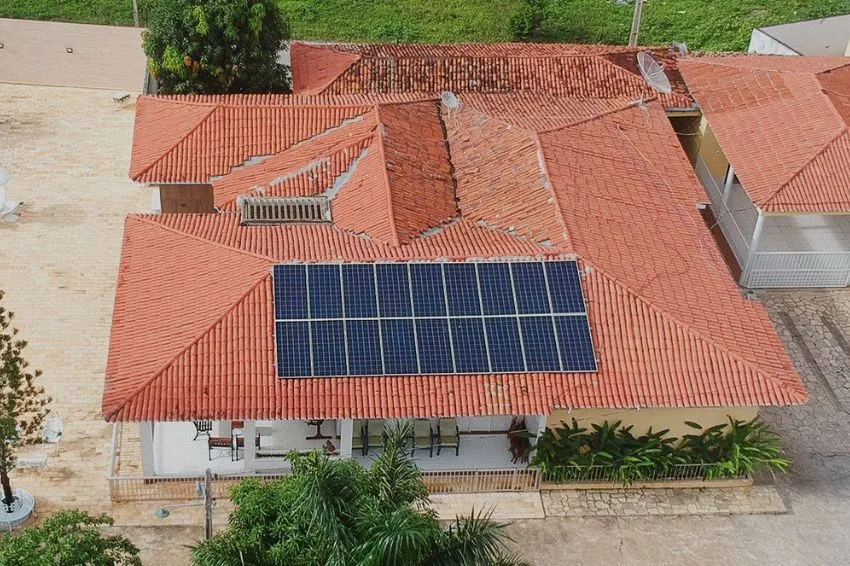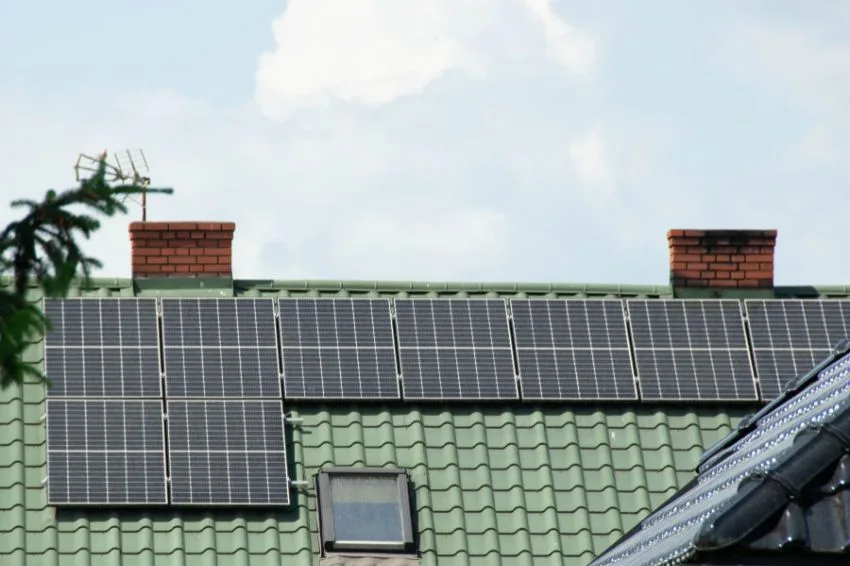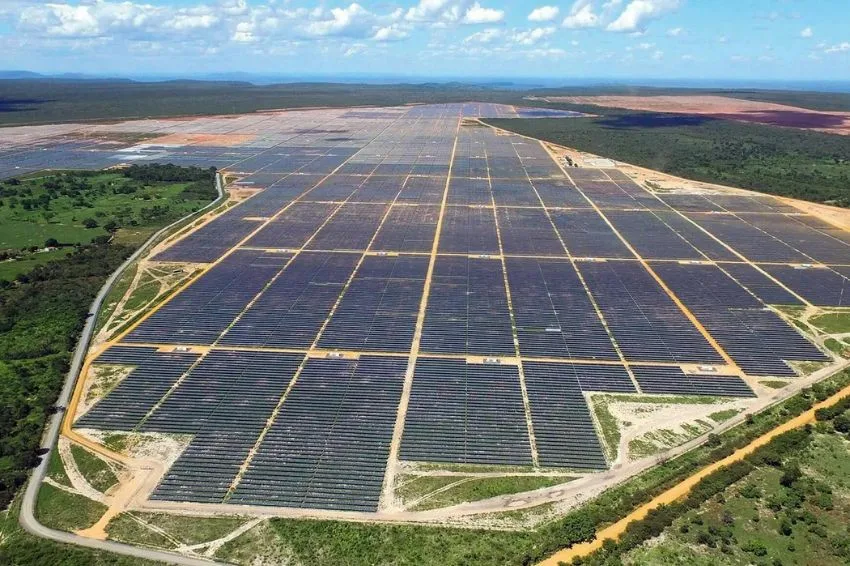According to Renewables 2022 Global Status Report (GSR), carried out by REN21, photovoltaic solar energy maintained its series of records and reached 942 GW of installed capacity worldwide in 2021 – an increase of 25% compared to 2020, when it reached 760 GW.
The research found that the market continued steady growth despite disruptions across the value chain due mainly to sharp increases in raw material and transportation costs.
Photovoltaic generation continued to play an important role worldwide. By the end of 2021, at least seven countries had enough installed capacity to meet 10% of their solar energy demand, compared to just two countries in 2020.
According to the study, Australia had the largest share of photovoltaic energy in annual generation, with 15.5%. In second place comes Spain (14.2%), followed by Greece (13.6%), Honduras (12.9%), the Netherlands (11.8%), Chile (10.9%) and Germany (10.9%).
In total, solar contributed around 5% of global electricity generation, compared to 3.7% in 2020. For the ninth consecutive year, Asia dominated new installations, accounting for 52% of additional capacity in 2021.
This was followed by the Americas (21%), which again surpassed Europe (17%). China, the United States, India, Japan and Brazil comprise around 61% of the newly installed capacity.
Latin America
The adoption of photovoltaic sources continued to grow in Latin America, despite a slow recovery from the impacts of the Covid-19 pandemic. The four performers in newly installed capacity were Brazil (5.5 GW), Mexico (1.8 GW), Chile (1.3 GW) and Argentina (0.2 GW).
Brazil, for example, ended the year with around 13 GW. The country's newly added capacity has taken it to fifth place in the global rankings (up from ninth in 2020).
read more
For the third year in a row, distributed solar led the market with 4 GW, driven by rising electricity prices due to the water crisis.
“This factor led consumers to rely on self-consumption and reduce their dependence on the distribution network, whenever possible,” highlighted the report. The residential sector accounted for the majority of installations (77.4%), with commercial systems coming in second (12.7%).
Regarding global utility-scale centralized photovoltaic capacity additions, it increased by around 20%, with 100 GW of new installations, driven by the economic competitiveness of solar and the attractiveness of PPAs (power purchase and sale agreements).
Cost of modules
After many years of decline, REN21 pointed out that the costs of photovoltaic modules increased by 57% in 2021 as the price of raw materials grew sharply.
Factors that contribute to the increase in values are: shortage of polysilicon and increase in the cost of shipping containers from China, the world's largest producer of panels.
read more
Fire at polysilicon factory could increase price of photovoltaic modules
“Supply chain disruptions last year highlighted the importance of domestic photovoltaic module production, with the United States extending its import tariff and India setting unprecedented prices,” REN21 concluded.


